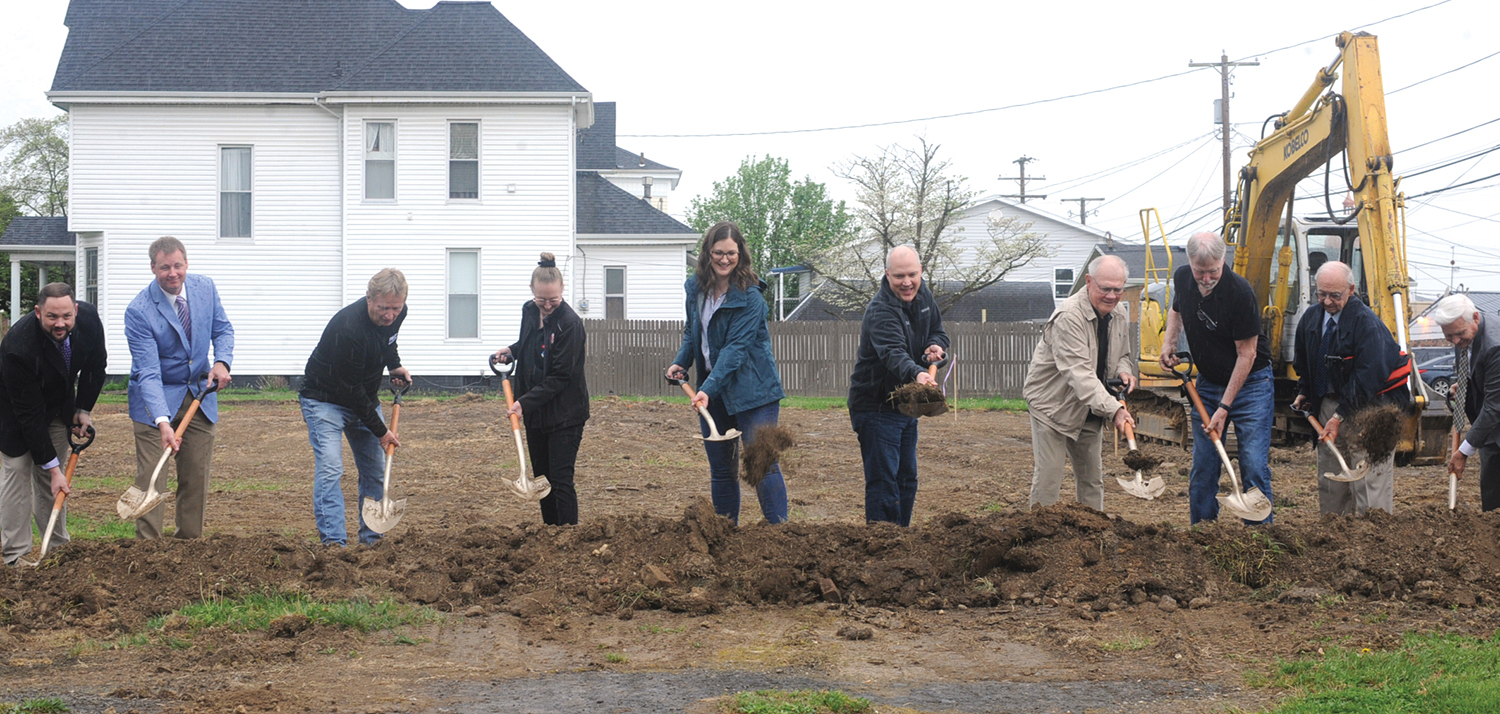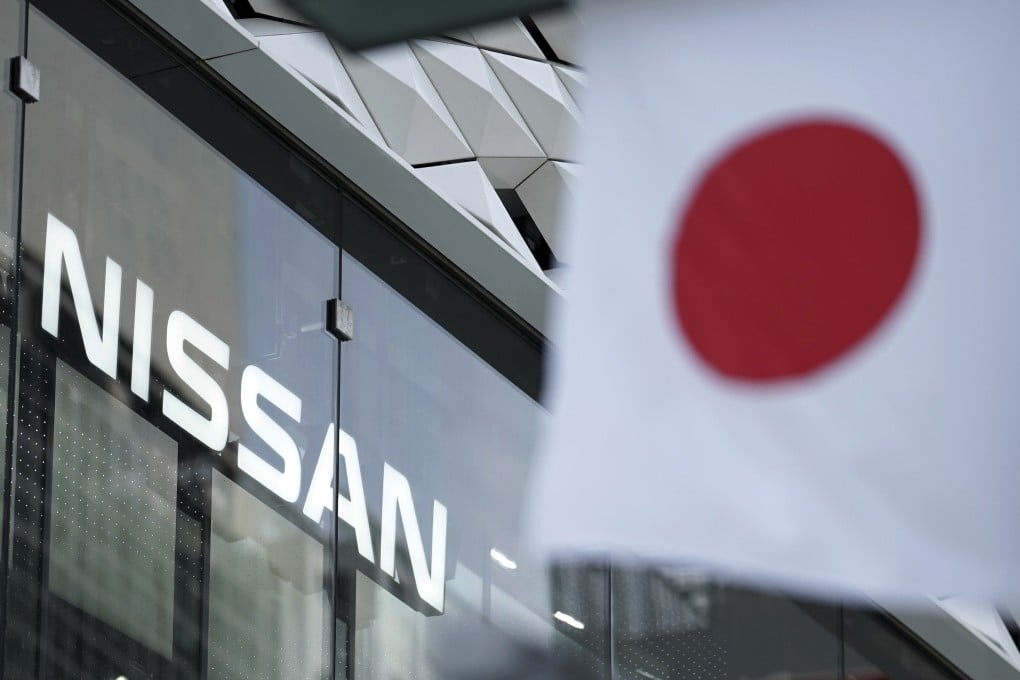Canada's Prime Minister Mark Carney attends an event at the Liberal Party election night headquarters in Ottawa, on April 29. Jennifer Gauthier/Reuters Canada’s business leaders see a window of opportunity for Prime Minister Mark Carney’s new government to push through big changes for Canada’s economy while voters are unusually united about the key issues confronting the country – but they want to see results quickly. Top executives, liberal and conservative, shared disappointment that the election did not result in a clear majority government for either party, which would have promised greater stability.
But that was tempered by optimism that even if he secures only a minority Parliament, Mr. Carney may enter the job with a mandate that’s stronger than it seems. Business leaders noted the similarities in Liberal and Conservative promises on diversifying trade, speeding up resource project approvals and building more housing and trade infrastructure, including pipelines.

Some think Mr. Carney will make Canada’s business climate more predictable, which should help spur investment. And they were encouraged that a large share of voters made economic resilience and growth central issues at the ballot box.
They also think the parties and voters are broadly united on the need to bring a strong hand to negotiations with U.S. President Donald Trump, who loomed large over the election with his threats to Canada’s trade and sovereignty.
That gives Mr. Carney’s government a chance to win support from the Conservatives, they said, and not only traditional allies in the NDP or the Bloc Québécois, who could throw a wrench into his plans to move the Liberals back to a more centrist economic agenda. To make headway, however, Mr.
Carney will have to act boldly, executives said. “The country and the Liberal and Conservative parties are aligned on 80 per cent of the issues. Both parties should work together to move forward with respect to dealing with the major issue ahead,” Gord Nixon, chair of Bell Canada parent BCE Inc.
and former Royal Bank of Canada chief executive, said in an interview. “I think Prime Minister Carney will govern as if he has a majority, until he can’t.” Not long ago, the country’s business leadership had all but given up on the Liberals, decrying former prime minister Justin Trudeau’s economic policies as a clear failure.
That Mr. Carney’s government is now getting another chance with the country’s business elite speaks to how much the economic and political landscape has changed, and demonstrates his credibility as a pragmatic economic leader from his career in central banking and the corporate sector. But there are major questions about how effectively Mr.
Carney can use the levers of government to get major energy and trade infrastructure projects approved, maintain a measure of fiscal discipline, and remove obstacles that suppressed Canada’s growth and productivity. “On the whole, there is goodwill, but there is trepidation. There is an expectation that you’re going to execute with what you said you were going to do.
And I think that there will be rapid impatience if he starts to breach that,” said John Ruffolo, founder and managing partner of Maverix Private Equity, who supported Pierre Poilievre and the Conservatives. “The business community voted in an expectation of a centrist platform,” Mr. Ruffolo added.
“The question that people have is, are you a smarter version of Trudeau from a policy perspective? Or are you truly centrist? And the problem with that debate is you don’t know until you see the evidence.” Mr. Carney’s crucial task in the coming months will be addressing tariffs on key Canadian industries, such as autos, steel and aluminum, and laying the groundwork for a new commercial relationship with the United States, said Candace Laing, CEO of the Canadian Chamber of Commerce.
The Trump administration has indicated that it wants to speed up the renegotiation of the United States-Mexico-Canada Agreement, scheduled for 2026. Ms. Laing said she’d welcome an early start to discussions about the continental free-trade agreement.
“With the current yo-yo economics, or whipsaw on-again, off-again tariffs, we’ve gone from a chill on business to an all-out freeze in terms of decisions,” she said. “Anything that leads to more certainty at this point would be the best relief, much more than a pause on tariffs.” The blow that global tariff disputes have delivered to the reputation of the U.
S. as a reliable trading partner and a premier place to invest could create an opening for Canada. Mr.
Carney’s international reputation could draw foreign direct investment (FDI) into Canada at a moment when institutional investors are looking for alternatives to the U.S., said Dominic Barton, chair of mining giant Rio Tinto Group and Canada’s former ambassador to China.
“Investors from the Middle East, investors from Singapore, Southeast Asia, they like him,” Mr. Barton said in an interview. “They’re like, ‘This guy is rational; he’s going to make the right call; he’s a technocrat.
’ ...
I think he can be a real pull for investing in the country.” But for Canada to benefit from international interest – either as a destination for FDI or as a trading partner – the incoming government will need to get serious about building infrastructure, Mr. Barton said.
He recalled a conversation with a Chinese official from his time as ambassador during the Trudeau government, when he tried to pitch them on buying more Canadian liquefied natural gas. “He said, ‘I suggest that you are all hat, no cattle,’” Mr. Barton recalled.
“I said, ‘What do you mean by that?’ He said, ‘First of all, we’d love to buy gas from Canada. We’re all in. .
.. But you need to spend more time in your own country because you will discover that you can’t build anything.
You’re all talk and no action.’ ” Whether Mr. Carney can turn that perception around will be a key marker for his success, and tensions with the U.
S. can be a catalyst to act on ideas to boost productivity that have collected dust on government shelves for years. “Our elected officials will feel the pressure and, with what’s going on in the U.
S. and the negative impact that the trade with the U.S.
will have on Canada and Canadians, I think that the government will have no choice than to build a strong industrial strategy,” said Monique Leroux, who chaired the Industry Strategy Council created in 2020 by the previous Liberal government. The government’s capital spending “should be on things that are economically productive assets like infrastructure,” said John McKenzie, CEO of TMX Group Ltd., which owns the Toronto Stock Exchange.
“Not just calling things that are still spending, investments. That has been more the history.” Bay Street is still wary about how much the government’s plans might increase already hefty federal deficits.
Mr. Carney has promised to balance the government’s operating budget, but also to borrow to make capital investments to spur growth. The Liberal platform projects a $62.
3-billion deficit this fiscal year, falling to $48-billion by 2028-29. In a letter to Mr. Carney, the Business Council of Canada urged the new government to embrace fiscal responsibility, suggesting that “it would be prudent to delay proposed tax cuts until the federal government’s fiscal framework can afford it.
” “We need economic pragmatism,” Robert Asselin, the Business Council’s senior vice-president of policy, said in an interview. Business leaders are hoping Mr. Carney will restart a more collaborative relationship with the private sector – and to listen when it’s time for government to get out of the way.
“We’ve got to encourage Mark Carney to have confidence in the private sector,” Tony Fell, the former CEO of RBC Dominion Securities who also endorsed Mr. Poilievre, said in an interview, “and listen to their advice and counsel, rather than listen to the socialist bureaucrats in the Prime Minister’s Office.” Some executives worry the election was a missed opportunity to discuss structural problems the Canadian economy faces in a digital era defined by rapid technological change.
Instead of seriously addressing artificial intelligence or the need for companies to control intellectual property, Mr. Carney and Mr. Poilievre’s economic visions remained heavily focused on resource extraction and export, said Jim Balsillie, the former CEO of BlackBerry and chair of the Council of Canadian Innovators.
“Are we an economy that’s akin to Russia or Saudi Arabia? Or are we an economy that has more potential?” Mr. Balsillie said. As Mr.
Carney reshapes the PMO, business leaders are waiting to see who will be named finance minister. François-Philippe Champagne, whom Mr. Carney named Finance Minister only six weeks ago, is a top contender.
But so are newcomers Tim Hodgson, a former Goldman Sachs banker and Carney adviser who was board chair at Hydro One, and former Quebec finance minister Carlos Leitão. No matter who gets the job, Mr. Carney is sure to be a constant presence.
“Every time I have this conversation with people around the government, the answer is always the same: The finance minister is going to be Mark Carney,” Frank McKenna, deputy chair of TD Securities and a former Liberal premier of New Brunswick, said in an interview. “Who is going to be named the finance minister? That’s a different issue, and it’ll have to be somebody who can work collaboratively with the Prime Minister.”.
Business

Business leaders see Liberal victory as a window of economic opportunity, but expect quick results
Executives share disappointment the election did not result in a clear majority government, which would promise greater stability















